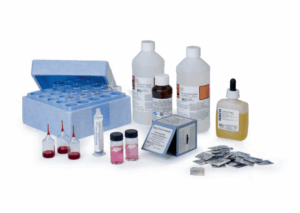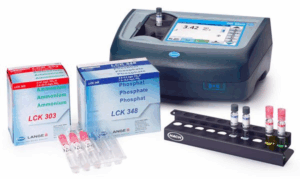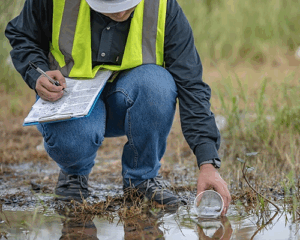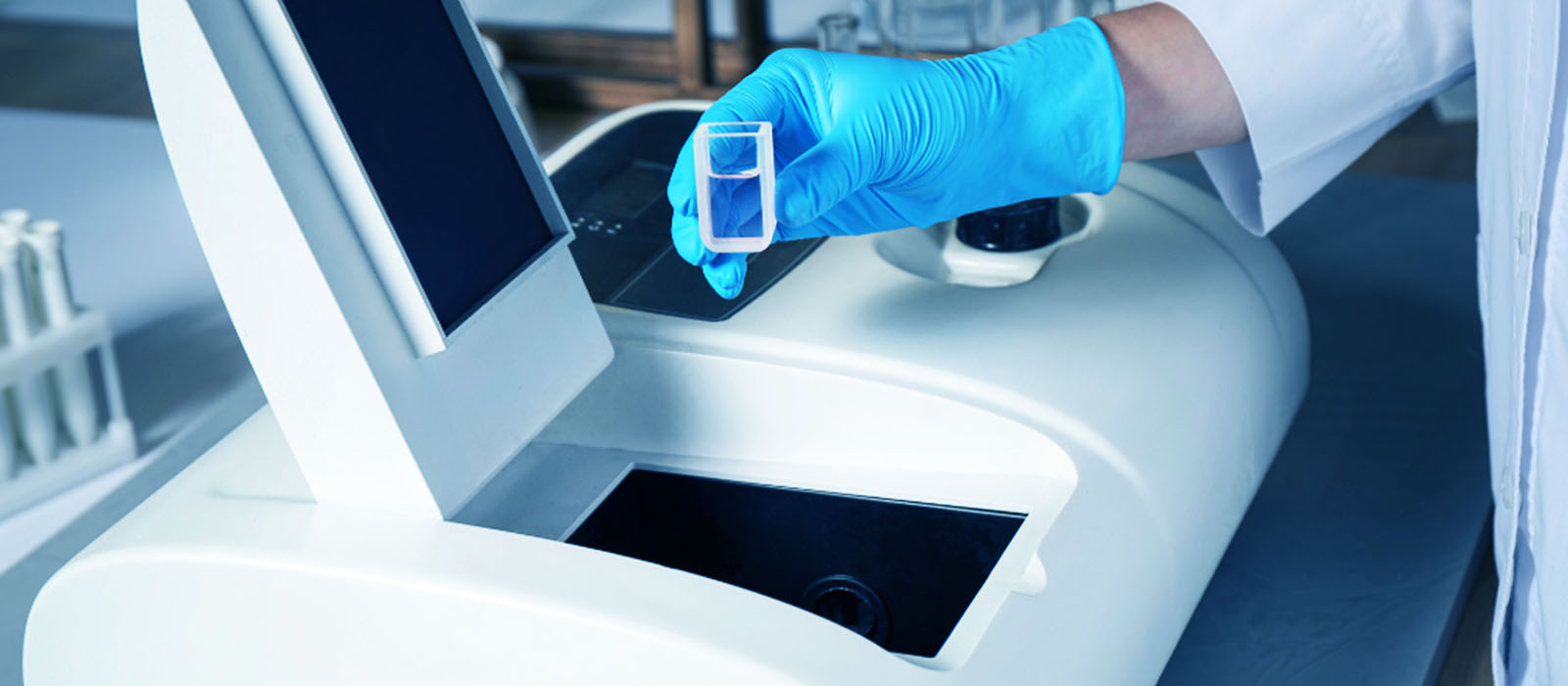Water quality monitoring and environmental compliance are more critical than ever in today’s world. Whether it’s ensuring safe drinking water, meeting regulatory discharge limits, or assessing contamination in industrial and oil-impacted sites, accurate and efficient analysis tools are essential. One such powerful instrument that stands out in the lab is the DR3900 Laboratory Spectrophotometer by Hach. Its role in water testing and Total Petroleum Hydrocarbon (TPH) analysis is both significant and indispensable.
In the intricate world of environmental and industrial water testing, accuracy isn’t just a goal—it’s a mandate. Contaminants like heavy metals, nutrients, and petroleum hydrocarbons (TPH) pose invisible threats, demanding instruments that marry precision with practicality. Enter the Hach DR3900 Laboratory Spectrophotometer: a benchtop powerhouse transforming how labs safeguard water quality and soil health.
Why Water Analysis Matters
Water is not just essential for life; it’s crucial for industry, agriculture, and public health. Poor water quality can lead to:
- Health risks from pathogens and toxic substances
- Ecosystem degradation
- Industrial downtime or non-compliance fines
- Reputational damage for utilities and corporations
Thus, reliable laboratory instrumentation is vital for quick and accurate results—and that’s where the DR3900 comes in.

What is the DR3900 Spectrophotometer?
The DR3900 is a laboratory-based UV-VIS spectrophotometer designed specifically for water analysis. It uses light absorption at specific wavelengths to determine the concentration of various substances dissolved in water.
Key Features:
- Pre-programmed methods for hundreds of common water parameters (COD, ammonia, nitrates, phosphates, etc.)
- Barcode recognition for Hach’s TNTplus® reagents to minimize human error
- High-resolution touchscreen and intuitive interface
- Data integrity and traceability with LIMS compatibility
- Built-in quality assurance functions for compliance and reliability
What is the DR3900 Spectrophotometer?
The DR3900 is a laboratory-based UV-VIS spectrophotometer designed specifically for water analysis. It uses light absorption at specific wavelengths to determine the concentration of various substances dissolved in water.
Key Features:
- Pre-programmed methods for hundreds of common water parameters (COD, ammonia, nitrates, phosphates, etc.)
- Barcode recognition for Hach’s TNTplus® reagents to minimize human error
- High-resolution touchscreen and intuitive interface
- Data integrity and traceability with LIMS compatibility
- Built-in quality assurance functions for compliance and reliability
Importance in TPH (Total Petroleum Hydrocarbon) Analysis
TPHs are a broad family of chemical compounds found in crude oil and other petroleum products. Monitoring TPHs in wastewater, stormwater, or environmental samples is crucial, especially in oil fields, refineries, and areas with potential hydrocarbon pollution.
Why DR3900 for TPH?
- Precise Detection:
- Spectrophotometric methods allow the quantification of hydrocarbon presence even at low concentrations.
- Efficient Workflow:
- With method-based operation, users can follow clear, guided procedures that reduce analysis time and variability.
- Regulatory Compliance:
- TPH analysis is often tied to environmental regulations. The DR3900 supports standard methods that meet compliance benchmarks, such as USEPA, ASTM, and ISO protocols.
- Safer Alternative to Traditional Methods:
- Traditional TPH testing often involves gas chromatography (GC), which is accurate but more expensive, time-consuming, and requires solvents and highly skilled technicians.
- The DR3900 offers a cost-effective and safer alternative for routine TPH screening, especially when used with reliable reagent kits.



Applications Across Industries
• Environmental Monitoring: Checking contamination in soil or water near oil fields, pipelines, or spills
• Drinking Water Treatment Plants: Ensuring water is free from petroleum-based contaminants
• Industrial Effluent Testing: Verifying discharges meet local and international standards
• Oil and Gas: On-site or lab-based monitoring of TPH in surface water and wastewater
TPH in Soil: Precision Meets Practicality
For petroleum hydrocarbon testing, the DR3900 shines:
- Pre-Programmed TPH Method: Direct compatibility with specialized reagents ensures EPA-compliant soil extracts.
- Hazard Management: Alerts flag expired chemicals, while documentation auto-logs batch numbers—critical for volatile organics

Advantages of Using the DR3900
| Feature | Benefit |
| Pre-programmed test methods | Reduced training needs and faster results |
| TNTplus reagent system | High accuracy, no cross-contamination, easy handling |
| Data management tools | Enhanced traceability and compliance |
| Versatility | Suitable for a wide range of water parameters beyond TPH |
Conclusion
In the complex world of water and hydrocarbon analysis, the DR3900 Laboratory Spectrophotometer is more than just a piece of lab equipment—it’s a strategic tool for environmental protection, quality assurance, and regulatory compliance. Its precision, user-friendliness, and efficiency make it a trusted partner for laboratories and industries worldwide.
If you’re looking to improve your water testing capability or streamline your TPH analysis workflow, investing in a DR3900 could be one of the most impactful decisions you make.
It empowers labs to protect water resources and remediate soil contamination with unprecedented confidence. In an era of escalating environmental scrutiny, this isn’t just an upgrade—it’s a necessity.




